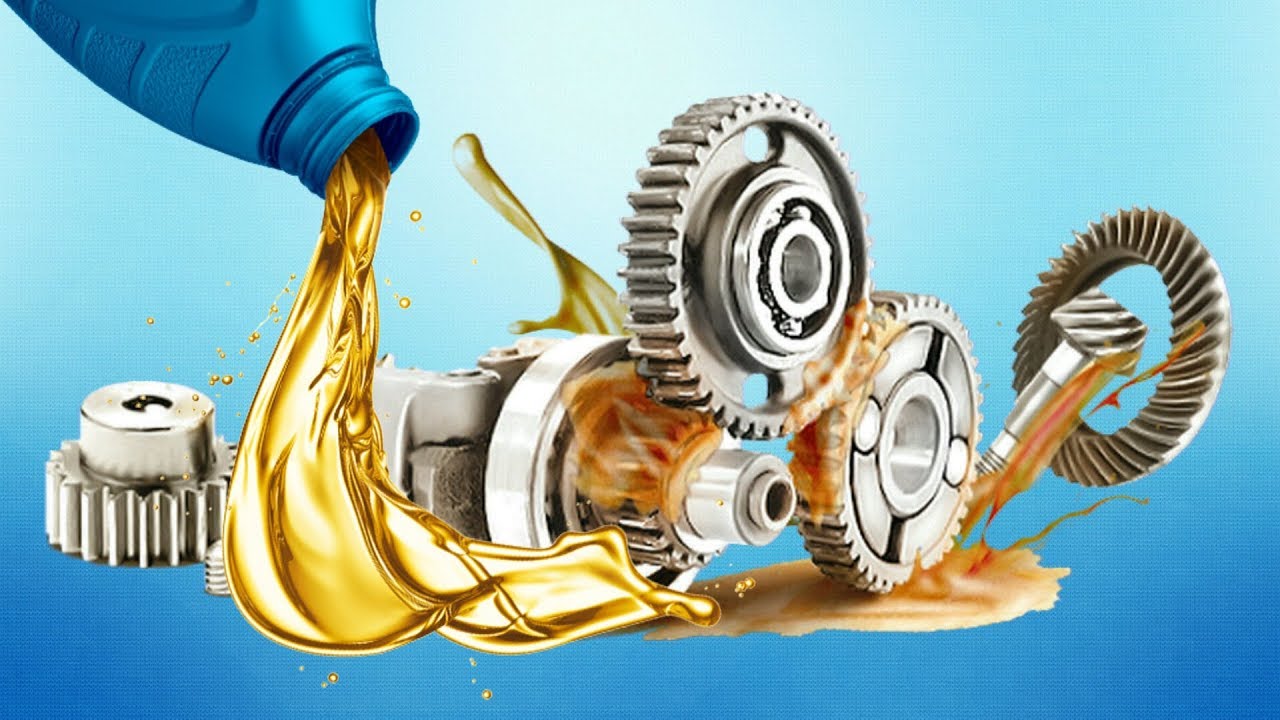What is it?
Titanium nitride (TiN) coating, also known as TIG coating, is a metal compound consisting of nitrogen and titanium. It is a ceramic material that is extremely hard, rigid, corrosion-resistant and chemically inert. TiN forms as a gold-colored or silvery-gray metallic compound when titanium reacts with nitrogen at elevated temperatures. At higher deposition temperatures, TiN forms a polycrystalline structure with a metallic luster.
Composition and Properties of TiN Coating
On a molecular level, Titanium Nitride Coating has a NaCl-type face-centered cubic crystal structure with a theoretical density of 5.43 g/cm3. It has a Vickers hardness of 3000 Kg/mm2, higher than other hard coatings such as titanium carbide (TiC), titanium aluminum nitride (TiAlN), chromium nitride (CrN) and aluminum chromium nitride (AlCrN). TiN coating is 60% harder than high-speed steel and ten times harder than plain carbon steel.
Some key properties of TiN coating include:
– High wear resistance: TiN coating has excellent resistance to abrasion, friction and wear. It is highly resistant to scratching, cutting and tearing.
– Low friction coefficient: The friction coefficient of TiN coating is only 0.5, much lower than other metal coatings. It reduces friction and wear between sliding surfaces.
– Good thermal conductivity: TiN has thermal conductivity comparable to stainless steel and higher than other ceramic coatings like aluminum oxide. This allows heat to dissipate from coated components.
– Chemical inertness: Due to its stable nitride structure, TiN coating is incredibly inert and non-reactive to most chemicals, solvents and corrosion.
– Aesthetic gold color: The golden yellow hue of TiN makes it suitable for decorative applications requiring an attractive metallic appearance.
Applications of Titanium Nitride Coating
Owing to its remarkable mechanical and chemical properties, TiN finds widespread use in a variety of industrial applications:
Cutting tools: TiN is commonly used to coat high-speed steel cutting tools, drills, taps, milling cutters and other tools to improve hardness and wear/heat resistance. This reduces tool wear and failure, letting them last 5-10 times longer.
Medical implants: TiN coating on orthopedic and dental implants enhances biocompatibility while maintaining rigidity. It prevents corrosion and protects against bacterial/viral adhesion.
Automotive parts: Engine components like valves, cams, pistons and turbochargers are often TiN coated to optimize high-temperature performance, friction and fuel efficiency.
Architectural components: Glass windows, furniture, handrails and trim hardware are coated with TiN for aesthetics and easy cleaning without fingerprints or smudges.
Firearms: PiN coated gun parts such as barrels and bolts endure intense pressures and heat generated during firing while preventing corrosion and wear over time.
Production Process of Titanium Nitride Coating
There are two primary industrial processes for depositing TiN coatings onto substrates:
Physical vapor deposition (PVD): This involves evaporating titanium and nitrogen source materials in a vacuum chamber then condensing the vapor onto substrates through ion bombardment-assisted deposition. Methods include arc evaporation and sputter deposition.
Chemical vapor deposition (CVD): In this gas phase process, titanium chloride (TiCl4) reacts with nitrogen gas at high temperatures (900-1000°C) to produce TiN coatings in a layer-by-layer fashion without vacuum equipment. Atmospheric plasma and low-pressure CVD are common techniques.
Key steps common to PVD and CVD coating include:
1. Surface cleaning and pretreatment of substrates using plasma, grit blasting or etching to remove contaminants and promote adhesion.
2. Deposition of a thin base layer (e.g. titanium) to enhance adhesion of subsequent TiN coating.
3. Reactive deposition of alternating titanium and nitrogen ions/molecules onto substrates under controlled vacuum or atmospheric conditions.
4. Growth of TiN crystals into a uniform polycrystalline ceramic structure tightly bonded to substrate surfaces.
5. Post-deposition heat treatment to improve density, crystallinity and coating-substrate integration.
Quality control checks ensure consistent thickness, uniformity, bonding strength and desired hardness/properties of finished TiN coatings.
In summary, titanium nitride coating provides exceptional wear resistance, low friction and corrosion protection benefits for a wide variety of industrial components through simple PVD or CVD deposition methods. Its remarkable properties and aesthetic golden color also make TiN suitable for numerous decorative applications.
*Note:
1. Source: Coherent Market Insights, Public Source, Desk Research
2. We have leveraged AI tools to mine information and compile it.




